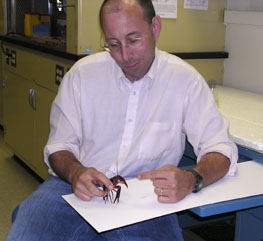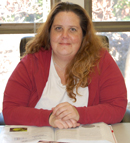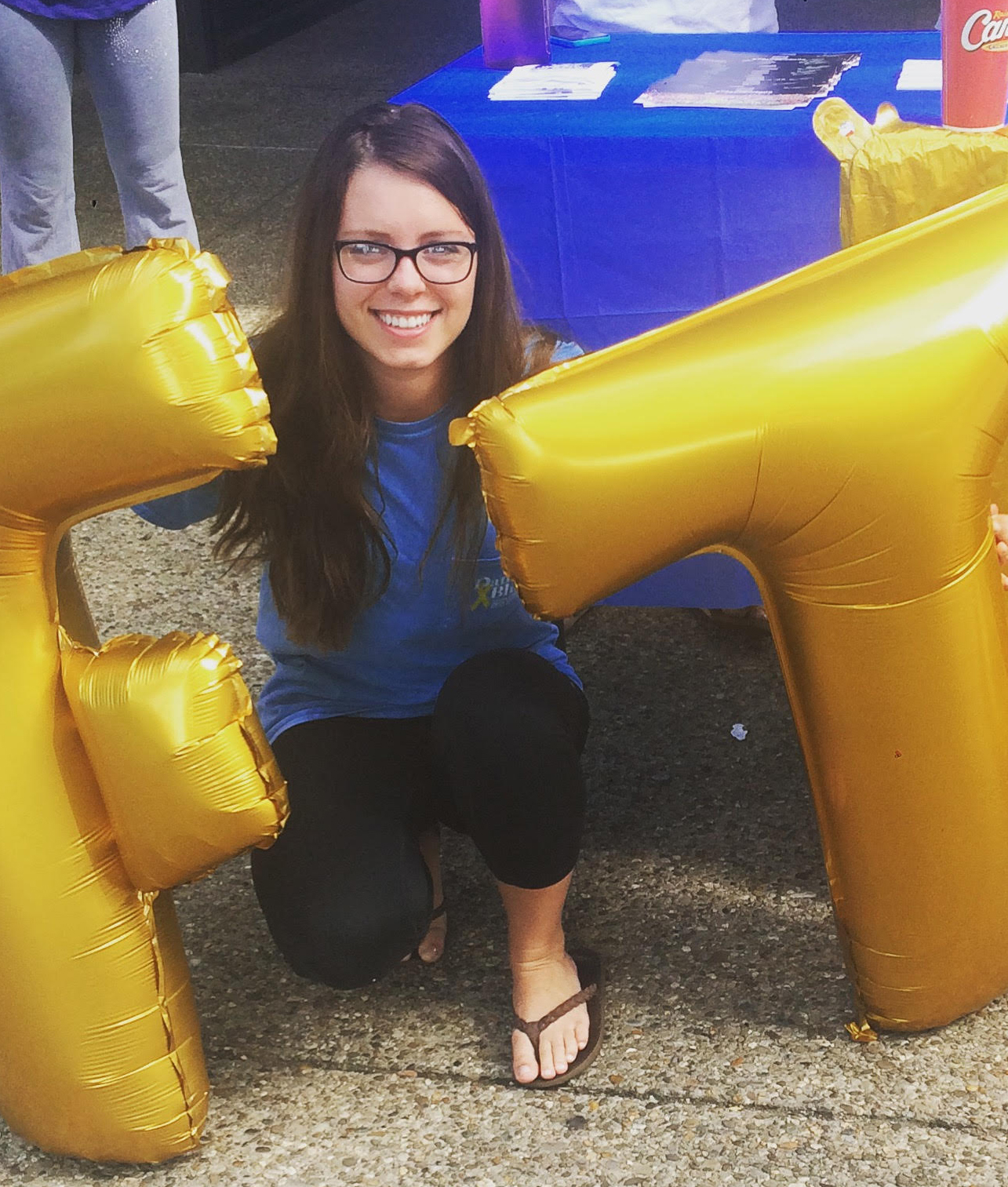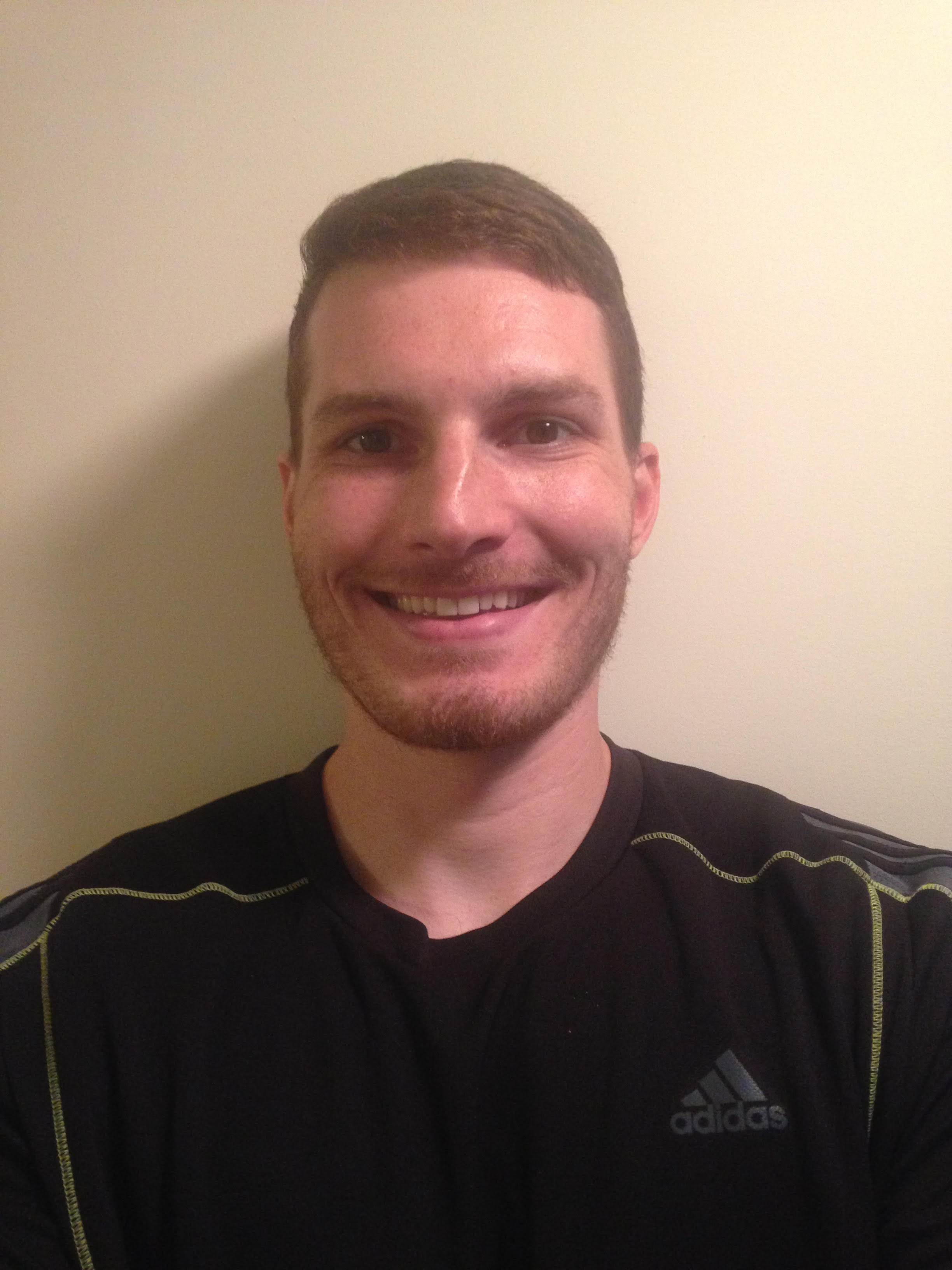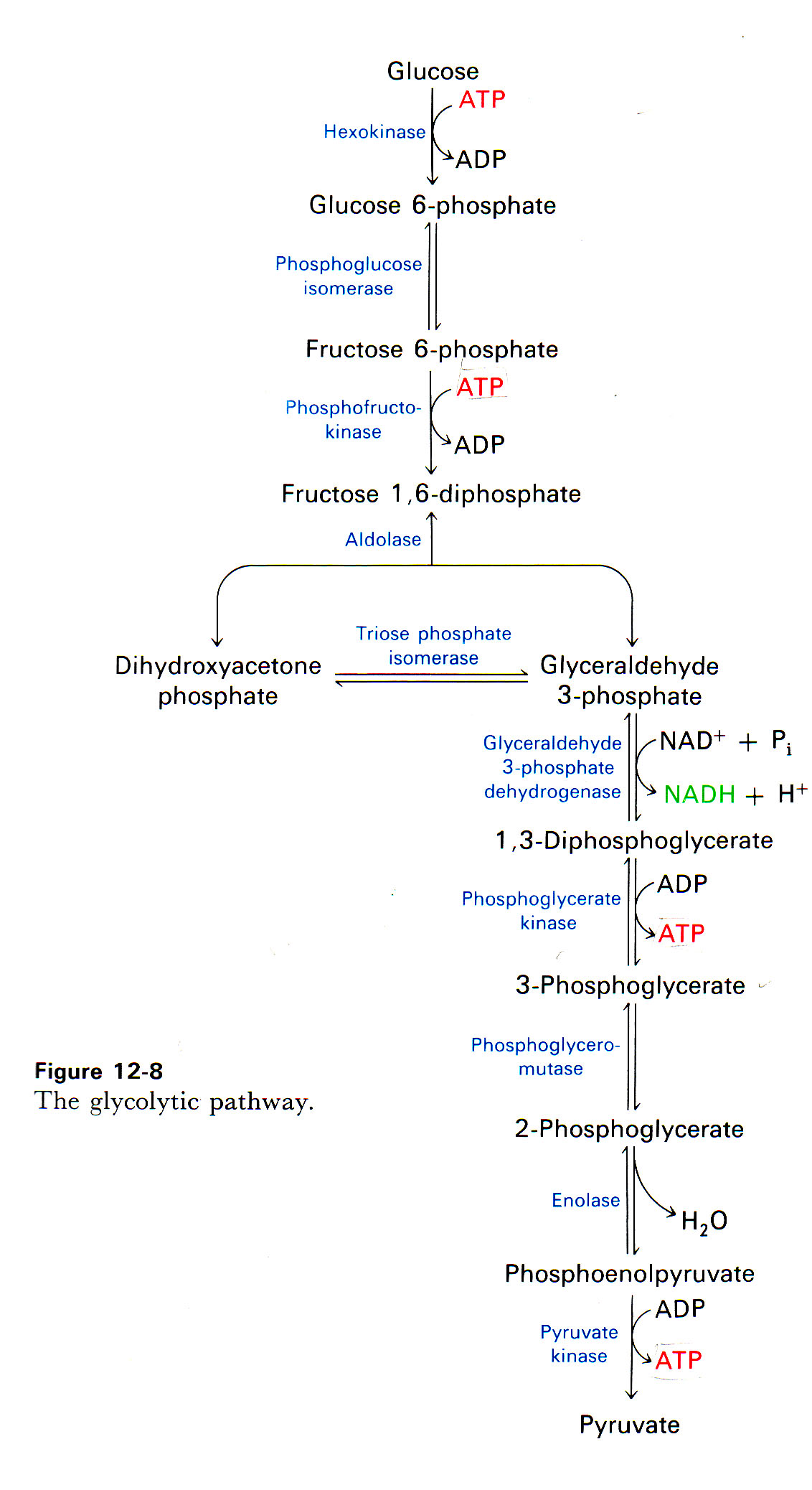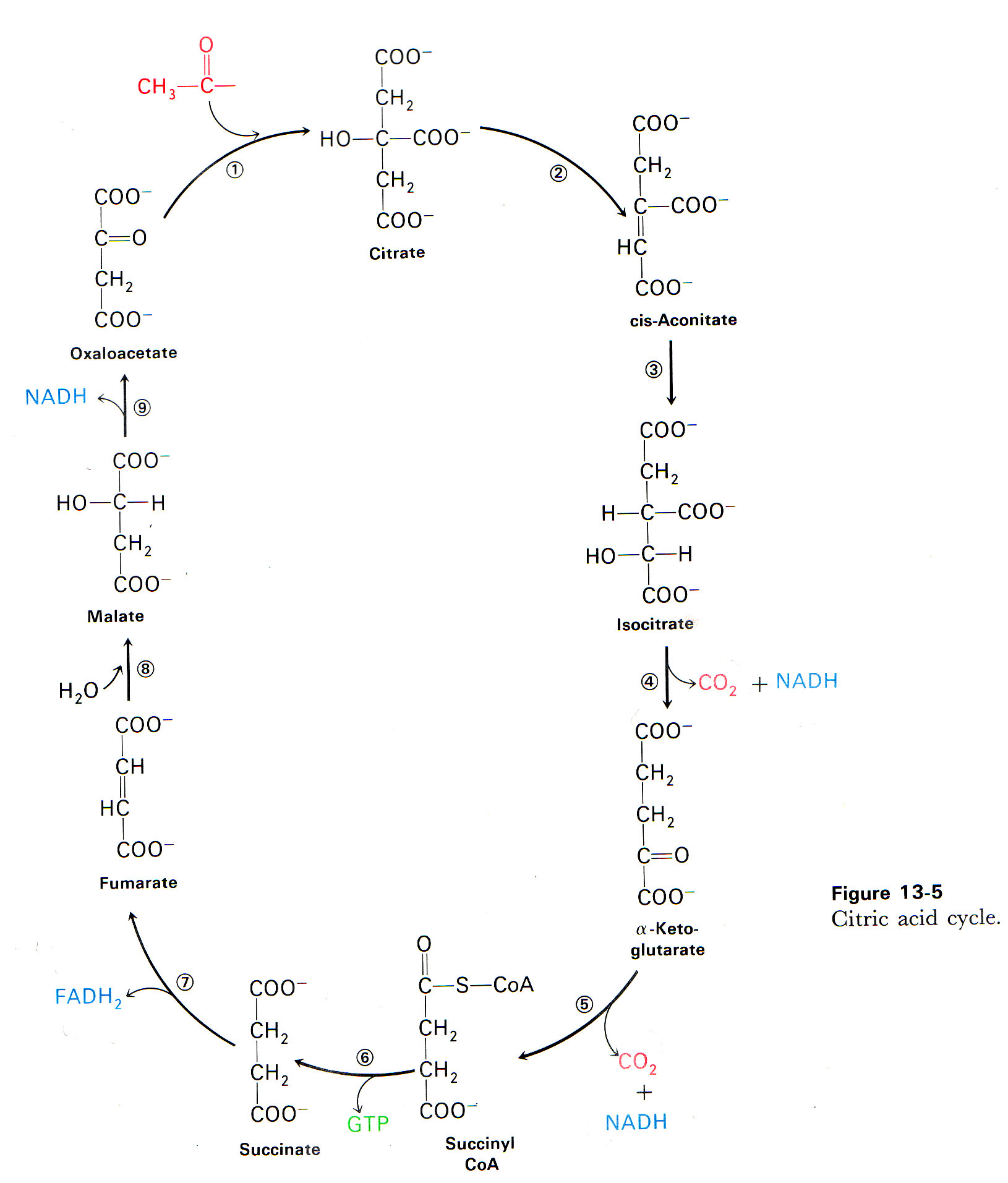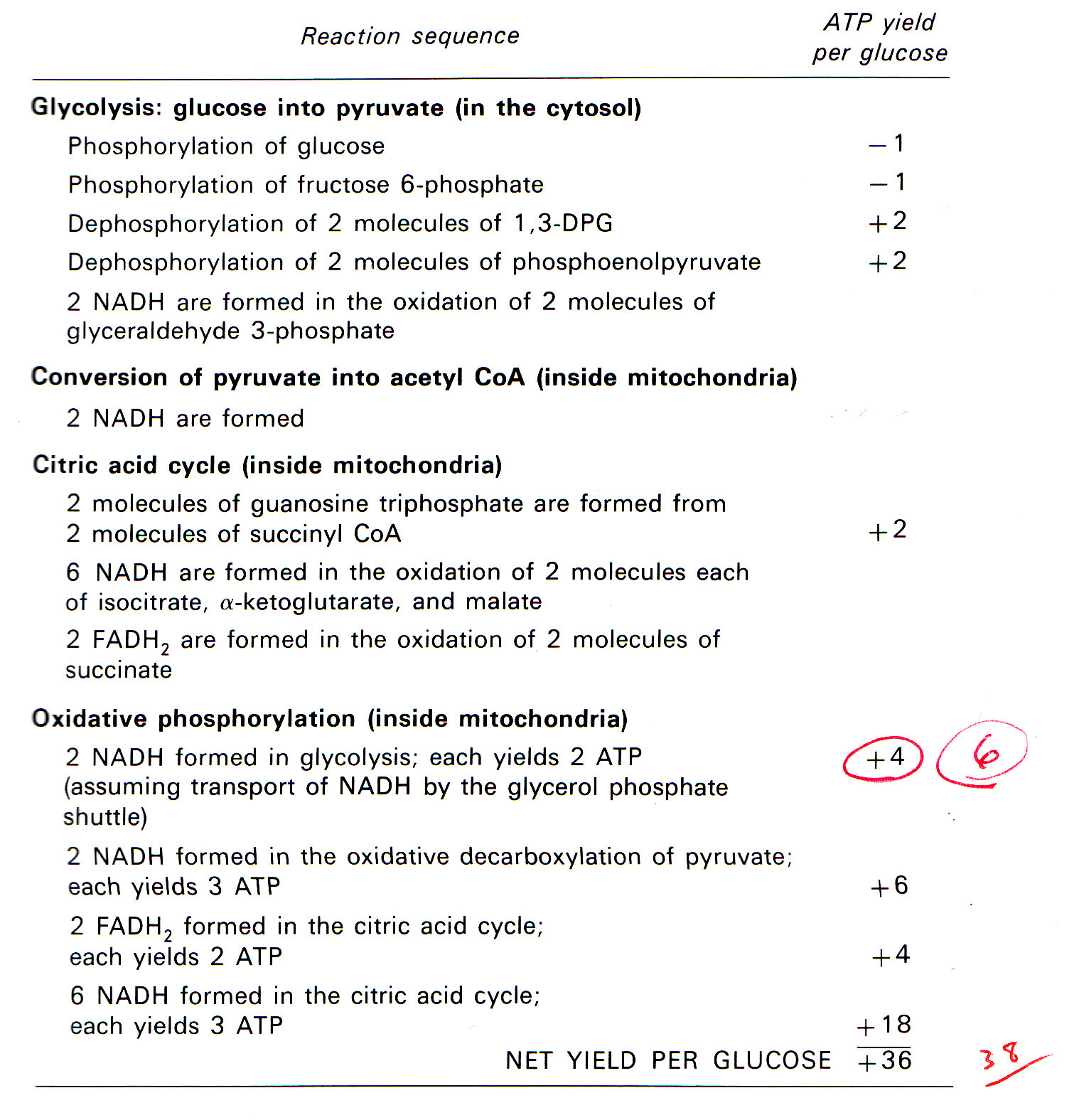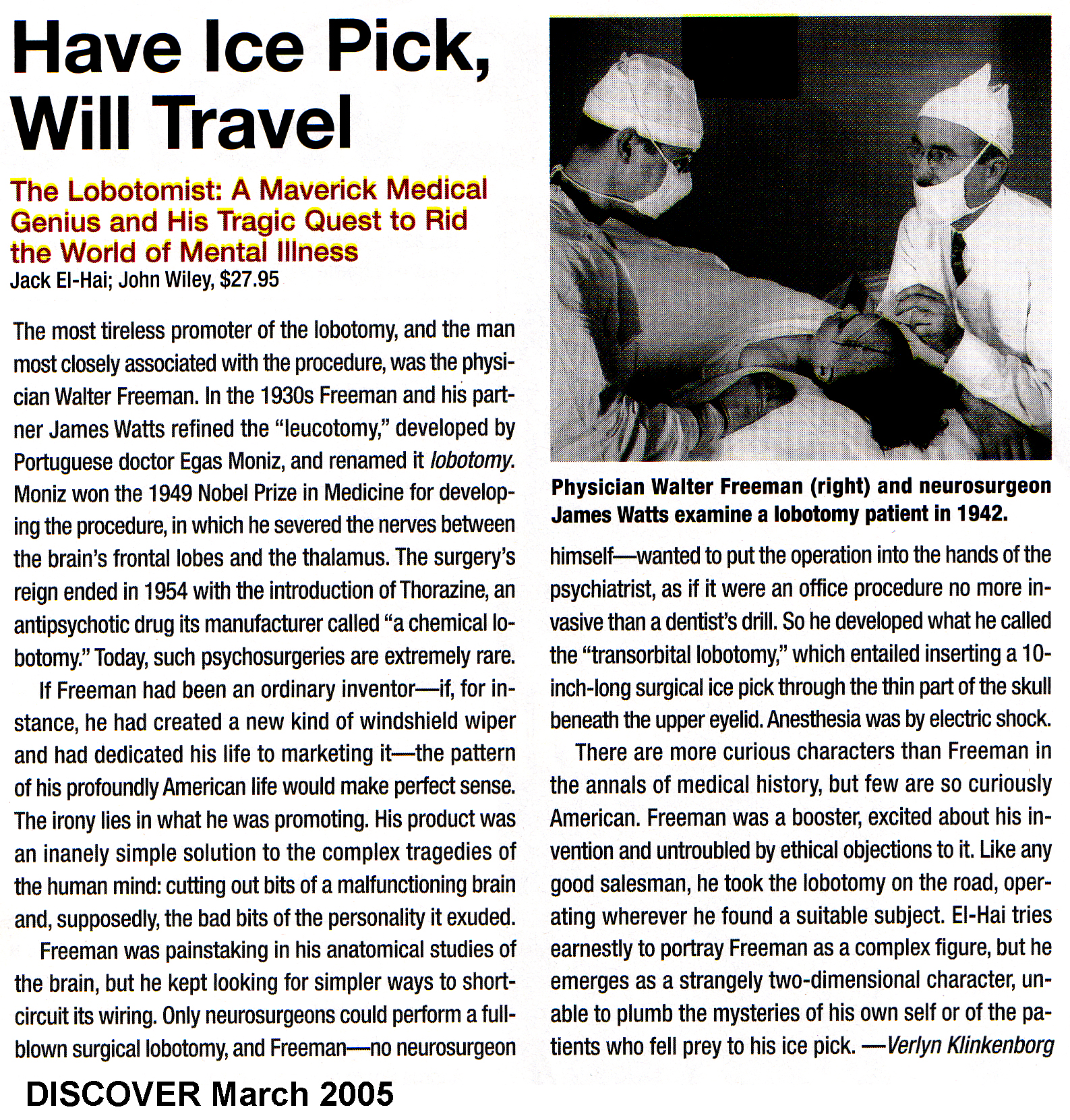|
BIO350: Lecture
Schedule for Bio 350, FALL 2016 Sections 3, 4 & 5 (Lecture
10:00 -10:50 AM on M, W and F)
1...8/24
... Lecture
1: Overview of class: lecture+ lab, exams etc; How one learns.
.............Homeostasis,
Krogh principle, + and - feedback, overview of all systems,
.............(Chapter
1 in Sherwood) (why comparative physiology-PDF)
(podcast, ECHO360-Audio only see ppt files)
.............Stress
relaxation here and
here
2.....8/26.......Lecture
2: continue with Homeostasis. Cellular energy: ATP from glucose, comparative-anoxic
.............Animals.
Cells and molecules (Chapter 1 & 2 in Sherwood) (podcast , echo-360) Movie
.......
about COPD and O2 therapy (checkout
this blog) and here is an Article (PDF)
3......8/29........... Lecture 3: Cont. Cellular
energy: ATP from glucose, comparative-anoxic
.............Animals.
Cells and molecules (Chapter 2 in Sherwood) (podcast , echo360)
4
......8/31 ......Lecture 4: membrane physiology,
membranes, Na/K ATPase, membrane potential (Ch 3 &4) (podcast, ..... ............echo 360) http://helmont1.tripod.com/hersheypsb49-3.htm
5
......9/2 .......Lecture
5: membrane physiology, membranes, Na/K ATPase, membrane potential (Ch
3 &4) (Podcast, echo .............360-screwed up because I used the web cam to show the larval heart beating.... see podcast and ppt files)
9/5,
Labor Day - Academic Holiday
6
......9/7 ...... Lecture 6: APs, graded
potentials, summation, V-gated Na and K channels-gates (Ch 3 &4)
Chill out a bit with this here
(podcast and ECHO 360)
7......9/9
....... Lecture 7: Continue Aps, graded
potentials etc (Ch 3 &4) (podcast and echo 360)
8 ......9/12 ......
Lecture 8: Anatomy of neuron, squid giant axon vs mammalian neurons,
phasic and tonic responses, types ......................of
synapses (Ch 4) (podcast and echo360)
9......9/14 .......Lecture
9: types of synapses, neuromuscular junction (Ch 4) (podcast, ECHO 360 ).
10 .....9/16. ...... Lecture 10: types of
synapses, NMJ & Nervous systems (Ch 4 & 5) (podcast
and ECHO 360) (lecture assignment PDF)
11 ......9/19......
Lecture 11: Nervous systems, CNS, PNS, ANS, comparative, mammalian
brain, Neurotransmitters
.............(Ch
4 & 5) (podcast and echo360). Here is the Prozac paper [PDF]
12 ......9/21 .......
Lecture 12: Neurotransmitters, Sensory mechanisms (Ch 5 & 6)
(podcast and Echo 360) Paper on invertebrate ANS [PDF- provided for your sleeping pleasure]
13
......9/23......
Lecture 13: Sensory mechanisms & behavior. (Ch 5 & 6) (podcast and Echo360)
14 .....9/26........
Lecture 14: Sensory mechanisms & behavior. (Ch 5 & 6) (podcast and Echo360)
In
case you need to chillout and relax from stress go here
15
......9/28........ Lecture 15: Catch up & Exam review
(? at midnight your lecture assignment
is due on safe assign through your Canvas
log in )(podcast,and Echo360) QUIZ DAY !!!!!!!!!!!!!!!!
You can do it.... think of this mouse (here)
9/30:
EXAM 1 (FRIDAY) - Multiple choice, short answer and open responses. (Exam Key PDF posted here)
..................Muscle
man Youtube
Muscle man EMG music (muscle
topic ...ppt)
16
......10/3 .......
Lecture 16: Muscle physiology (Ch 8) (podcast and Echo360)
17 ......10/5 .....
Lecture 17: Muscle physiology (Ch 8) (podcast and Echo360 darn computer only recorded audio, see ppt)
18 ......10/7 ......
Lecture 18: Muscle physiology (Ch 8) (podcast and Echo360)
19 ......10/10......
Lecture 19: Endocrine: Intro, (Ch 7) (podcast and Echo360)
20......10/12 .......
Lecture 20: Endocrine: Growth, Adrenal (Ch 7) (podcast and Echo360) STILL ON MUSCLE
21
.....10/14...... Lecture 21: Endocrine: thyroids
(Ch 7) (podcast-1, Podcast-2, Echo360-1, Echo360-2).
...............To
relax this weekend you need to hear this music
maybe some more as well here
22
.....10/17. .......,
Lecture 22: Endocrine: fuel metabolism, energy balance (Ch 7).
................AND
Thermal physiology (Chapter 15) (podcast and Echo360 )
...............Oct
10-21, midterm grading window
23
......10/19 ..... Lecture
23: Endocrine (Ch 7) (podcast and Echo360) QUIZ day in class
CATCH UP PODCAST-part 2 & ECHO360-part 2 on ENDOCRINE...... NEED TO LOOK OVER FOR THE CONTENT TO BE TESTED ON.
If you are interested in medical endrocrinology but also to help reinforce the endocrine content which we cover in class see this series of ppt slides (PPT)
A
very cool YouTube clip sent by your last year classmate: It
is 4 minutes long and definitely a good watch. https://www.youtube.com/watch?v=YDspP4BhlTw
If
you are interested in heart development ppt
24......10/21.......
Lecture 24: Cardiovascular (Ch 9) (podcast and Echo360)
25 ......10/24......
Lecture 25: Cardiovascular & Respiration (Ch 9 & 11) (podcast and Echo360)
http://www.ekgusa.com/ceol/abgmap/bgmodul/cebgquiz/bgmapqc.htm
Ion
Normal blood concentration range (mmol.L−1)
Sodium
135-145
Calcium
2.1-2.8
Potassium ~3.5-5.0
Chloride
95-105
pH
7.35-7.45
pCO2
35-45
HCO3-
22 to 26 mEq/liter ( some other sources 21–28 mEq/L)
26 ......10/26.....Lecture
26: Respiration (Ch 9 & 11) (podcast and Echo360)
27 .....10/28 .......
Lecture 27: Respiration (Ch 9& 11)
(podcast and Echo360)
The part I drew out today was :
https://en.wikipedia.org/wiki/Einthoven%27s_triangle
http://courses.kcumb.edu/physio/ecg%20primer/ecgaxis.htm
28.....10/31.......
Lecture 28: Respiration (Ch 11)
(podcast-Part A & Part B and Echo360-Part A & Part B)
29.....11/2..... Lecture
29: Catch up & Exam review (podcast and Echo360) QUIZ DAY
11/4,
EXAM 2 (FRIDAY) - Multiple choice, short answer and open responses.
( I handed back the exams with the key for you to double check. KEY-PDF )
30.....11/7.......
Lecture 30: Excretion, fluid and ionic/osmotic balance (Ch 11 & 12 & 13)
(podcast and Echo360)
31.....11/9....... Lecture
31: Excretion, fluid and ionic/osmotic balance (Ch 12 & 13) (podcast and Echo360)
32.....11/11.......
Lecture 32: Excretion, fluid and ionic/osmotic balance (Ch 12 & 13)
(podcast and Echo360)
Chill
out a bit with this here
& have a good break here
A
litte more chill'n here
33.....11/14.......
Lecture 33: Excretion, fluid and ionic/osmotic balance (Ch 12 & 13)
(podcast and Echo360)
34.....11/16....... Lecture
34: Excretion, fluid and ionic/osmotic balance (Ch 12 & 13) (podcast and Echo360)
( gut brain connections) (current
article on poop) (also drugs & the
GUT)
35.....11/18.......
Lecture 35: Digestion (Ch
12 &13) (podcast and Echo360)
36.....11/21.......
Lecture 36:Digestion (Ch 12 & Ch13))
(podcast and Echo360)
11/23, No class, Thanksgiving
37.....11/28.......
Lecture 37: Digestion (Ch
13 & 14) (podcast and Echo360)
38.....11/30.......
Lecture 38: Reproduction (Ch 14 & 16)
(podcast and Echo360)
39.....12/2.......
Lecture 39: Reproduction (Ch 16)
(podcast Part 1....Part 2 and Echo360 part 1 ... part 2) QUIZ DAY
40.....12/5.......
Lecture 40: Reproduction (Ch 16)
(podcast and Echo360) QUIZ DAY
41.....12/7.......
Lecture 41: Catch up on content
(podcast and Echo360)
42.....12/9.......
Lecture 42: Review for final exam
(podcast and Echo360)
...................................................Important
link for relaxation https://www.youtube.com/watch?v=JNS_SUmCJm4
FINAL
EXAM: Monday 12/12/16 at 8:00 AM Room 116
Cumulative
with emphasis on 3rd section of class
http://www.uky.edu/registrar/content/fall-final-exam-schedule
BIO
350 Lab Schedule: See your black board page.
The outline presented
above is a tentative plan for the semester. Specific topics and assignments
are subject to change.
Principal Learning
Objectives:
(Same learning objectives from http://courses.cit.cornell.edu/biog1440/)
1. To gain understanding of the principles of how animals work at the
molecular, cellular, and systems levels. This understanding will come
not by memorizing a large body of facts, but by developing mental models
of the various physiological processes (e.g. transport processes, cell-cell
signaling, metabolism, thermoregulation, circulation, respiration…)
that underlie life.
2. To gain skill in thinking like a physiologist. This requires both asking
and answering questions about physiology, and so involves observing phenomena,
generating hypotheses about the underlying mechanisms, and devising tests
of your hypotheses.
3. To appreciate the physiological similarities and differences between
the physiologies of humans and other organisms, and so to understand how
the study of physiology is thoroughly relevant to your own life and to
the world around you.
Additional Lab
Guidelines
An essential component of learning in physiology requires the use of live
animals. It is impossible to demonstrate the full extent of possible responses
through textbooks readings or lectures. As emerging professionals, it
is expected that all students will demonstrate respect and maturity when
working with these animals. If any disrespect or intentional cruelty is
inflicted upon the animals, it may be reason to be expelled from the course
with an "I" (incomplete), "W" (withdrawal), or automatic
"E" (failing grade) depending the timing and degree of the offense.
No horse play, cutting up, playing around, etc. is allowed in the laboratory.
There are many students coming and going in the lab throughout the day
and materials are sometimes shuffled around. Squirting someone with a
solution in a syringe or a bottle can be dangerous. You might "know"
it is water but another person does not. A 3M KCl solution can easily
be mistaken for water, and can be very harmful if squirted by accident
in someone's eye.
Every student will have to have completed the on line safety test and
bring to the lab on the 1st day of your section meeting time. It is an
easy test and you can take it multiple times until you get a 100 %. Either
save and email your TA, or print it out and bring it to the first lab
of the semester. The TA will check you off for having completed the exercise.
The website for the safety test is:
http://ehs.uky.edu/authenticate.php
Animal care:
Even though you will be using primarily invertebrate animals in these
laboratories no torture of the animals is allowed. If any torturing occurs
to the animals it is reason to be expelled from the course with an "I"
(incomplete) or possible a "W" (withdrawal) depending the timing
within the semester.
No horse play, cutting up, playing ball etc.. allowed in the laboratory
period. Squirting someone with a solution in a syringe or a water bottle
can be dangerous. You might know it is water but another person does not.
3M KCl can be very harmful if squirted by accident in someone's eye.
We will use a fixative in the lab. The fix solution is a Bouin's solution
(Prepared with saturated picric acid, formaldehyde and acetic acid; Sigma-Aldrich
Co.). Some people are very allergic to the vapors of formaldehyde. If
you know you are allergic please inform the instructor (Dr. Cooper) as
soon as possible so we can make alternative plans. The fix solution is
to remain in the vented hood.
BIO 350 Laboratory
Schedule
see
lab web page
LABwww350FALL2016.htm
IMPORTANT ACADEMIC
DATES (Fall 2016)
http://www.uky.edu/registrar/content/fall-2016-semester
|

